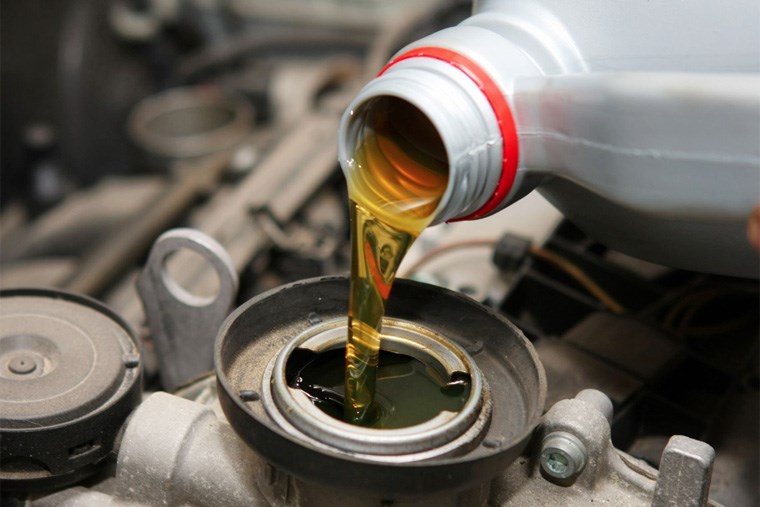Spotting a Leak
Leaks aren’t always easy to see, and you’ll have to do some detective work to catch them in some cases. If you’ve got a large leak that’s causing issues for your engine, you should be alerted in some way by your vehicle’s dash warning lights.
Visual inspection is also essential. Get in the habit of checking under the hood and your vehicle at least once or twice a month. These checks should be performed both with the engine running and when shut off.
If you park overnight in a garage or have a designated parking spot, you should check these spots for signs of leaks frequently. No engine leak will fix itself over time, and catching them early can save serious repair bills.
Diagnosing a Leak
If you’ve discovered that your car is leaking, the next step is to figure out where it’s coming from. Determining a location is fairly straightforward - you just need to figure out what type of liquid it is. Use these tips to help narrow down the trouble area.
Water
If your vehicle is leaking water, you can breathe a sigh of relief. Almost all cars will release some water if you’ve been using the air conditioner. This is caused by a condensation build-up and is no reason for concern. Your wiper system can also release water and won’t need to be addressed unless the reservoir itself has a hole.
Oil
Most oil leaks will be brown or black, and the liquid will be extremely slick between your fingers. Many vehicle fluids will be similar in color to oil, but the smell should help you differentiate between other options.
If your vehicle is leaking oil, try determining where it’s coming from by running the engine with the hood open. While you can get by with frequent level checks and adding more, oil leaks can cause serious damage to your vehicle, so they should be addressed as soon as possible.
 choja via gettyimages.com
choja via gettyimages.comCoolant
One of the most common leaks you’ll discover is coolant. Typically, coolant is a bright yellow or green, but other colors like pink are also common. It will often feel slimier than other fluids like oil, and the smell of coolant is slightly sweet.
Coolant leaks are common in failing water pumps, radiators, and hoses. Frequently adding coolant to address the leak can get you by in a pinch, but only drive short distances to avoid overheating your engine. Water pumps can fail in older vehicles and will cost around $250-500 to repair.
Brake Fluid
Another fluid that will look similar to oil, brake fluid is brown and slippery to the touch. It’s often found leaking closer to your wheels instead of directly under the engine. Brake fluid leaks don’t occur often, but immediate repairs by a professional are the only course of action. Unlike other leaks, it can be extremely dangerous to try and just add brake fluid as you go.
It’s a good idea to keep a few bottles of fluid in your emergency repair kit to make sure you can reach your destination. Like everything vehicle-related, keep up on preventative maintenance to reduce the chances of repairs later on.
While most vehicle leaks aren’t the end of the world for your ride, they can cause major inconveniences and costly repairs. Start a routine of checking your vehicle for leaks to stay ahead of significant issues and limit your driving if a leak is detected.
 This story was made possible by our Community Partners Program. Thank you Davis Chevrolet for helping to expand local news coverage in Alberta. Learn more.
This story was made possible by our Community Partners Program. Thank you Davis Chevrolet for helping to expand local news coverage in Alberta. Learn more.


